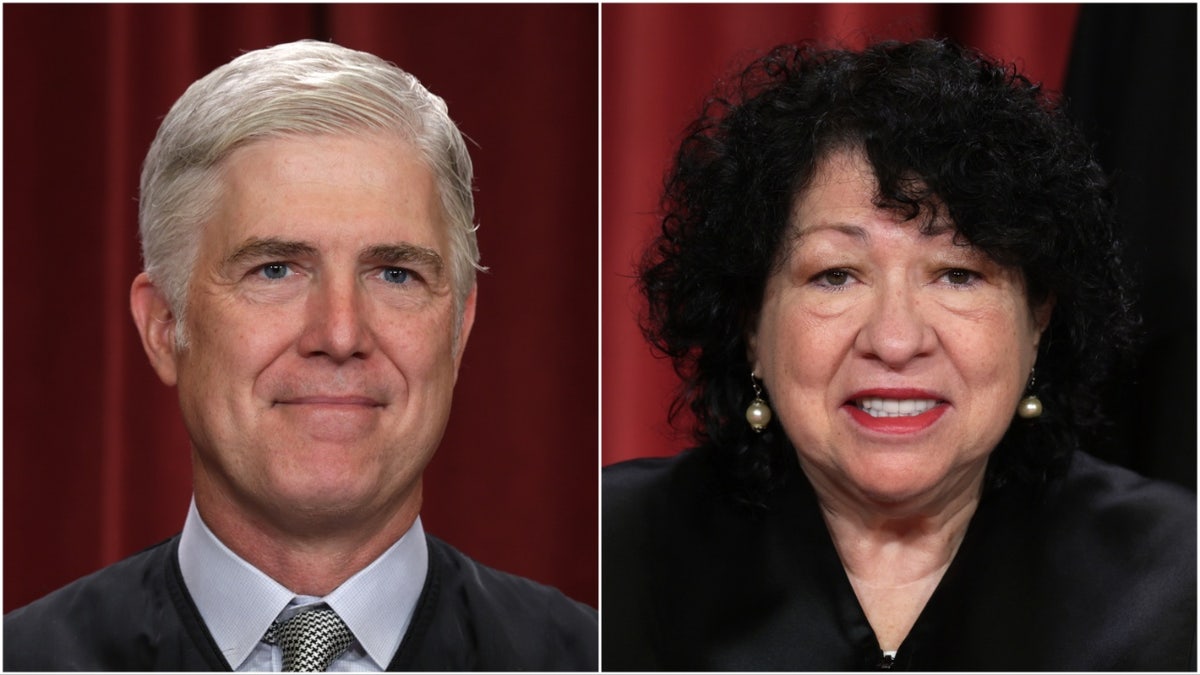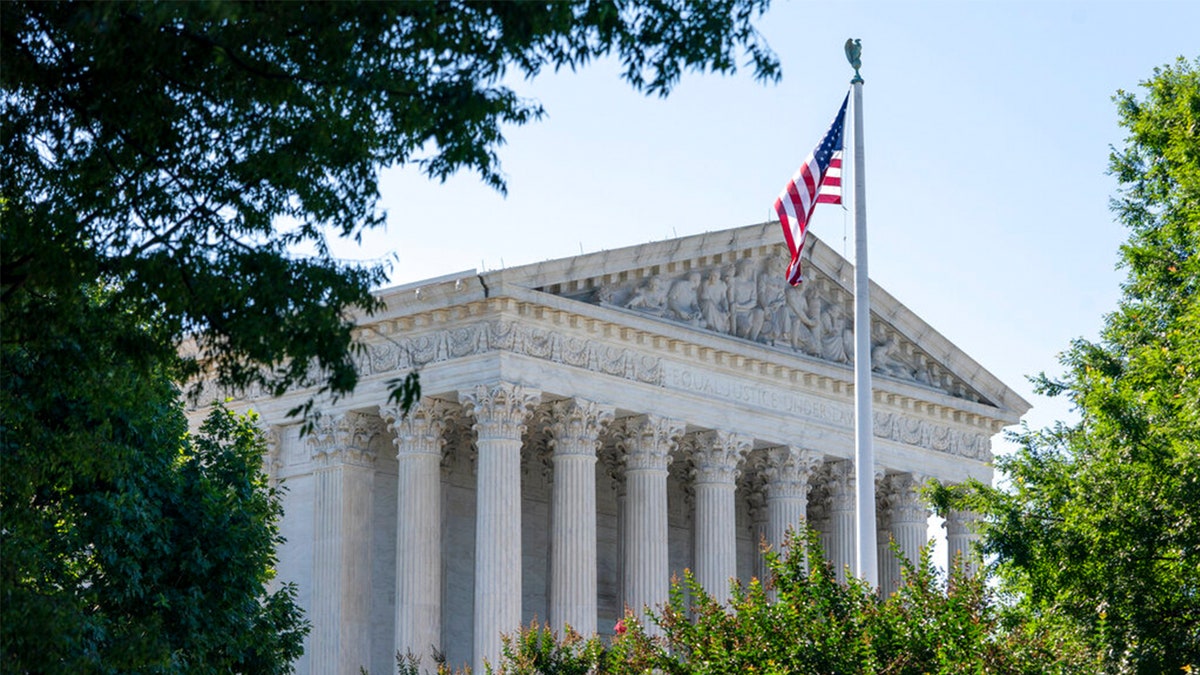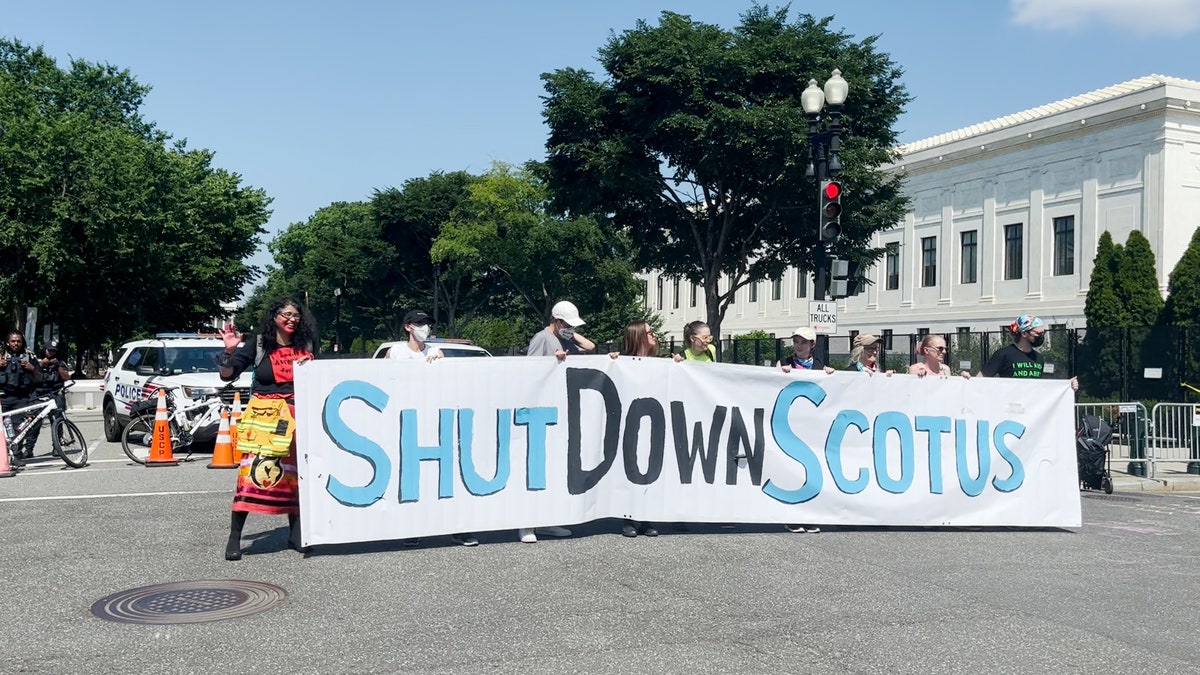The Supreme Court's recent 6-3 ruling in favor of a Colorado graphic designer who refused to create websites for same-sex weddings has reignited the debate over First Amendment rights and LGBTQ+ discrimination. The case centered around Lorie Smith, who argued that Colorado's anti-discrimination law infringed upon her freedom of speech by compelling her to create content contrary to her religious beliefs.
Justice Neil Gorsuch, writing for the majority, emphasized the importance of tolerance and individual freedom of expression, stating that the government cannot compel individuals to express views that violate their conscience. He framed the decision as upholding the First Amendment's protection of diverse viewpoints.

(L) Justice Neil Gorsuch (R) Justice Sonia Sotomayor (Getty Images)
Smith has consistently maintained that her objection is not about working with LGBTQ+ individuals, but specifically about creating content that celebrates same-sex marriage, which she opposes on religious grounds.
In a sharply worded dissent, Justice Sonia Sotomayor, joined by Justices Elena Kagan and Ketanji Brown Jackson, criticized the ruling as granting a "new license to discriminate." Sotomayor argued that the decision effectively relegates LGBTQ+ individuals to second-class status and opens the door to further discrimination. She also cited instances of anti-LGBTQ+ violence, suggesting that the ruling could exacerbate existing tensions and potentially lead to more hate crimes.

The Supreme Court is seen Wednesday, June 29, 2022, in Washington. (AP Photo/Jacquelyn Martin)
Gorsuch directly addressed Sotomayor's dissent, accusing her of misrepresenting the facts of the case and failing to grapple with the core issue of compelled speech. He characterized the dissent as a misinterpretation of the case's fundamental question regarding the government's power to force individuals to express messages against their beliefs.
This isn't the first clash between Gorsuch and Sotomayor over First Amendment interpretations. Last year's Kennedy v. Bremerton School District case, involving a football coach's right to pray on the field, also saw the two justices engage in a spirited debate. Sotomayor criticized Gorsuch's characterization of the facts in that case as well, even including photos in her dissent to support her arguments.

Activists hold up a "SHUT DOWN SCOTUS" sign near the Supreme Court during a protest in June. (Fox News Digital/Lisa Bennatan)
The ongoing disagreements between Gorsuch and Sotomayor highlight the deep divisions within the Supreme Court on issues of religious freedom, free speech, and LGBTQ+ rights. These differing interpretations continue to shape the legal landscape and impact the lives of individuals across the country.
Comments(0)
Top Comments